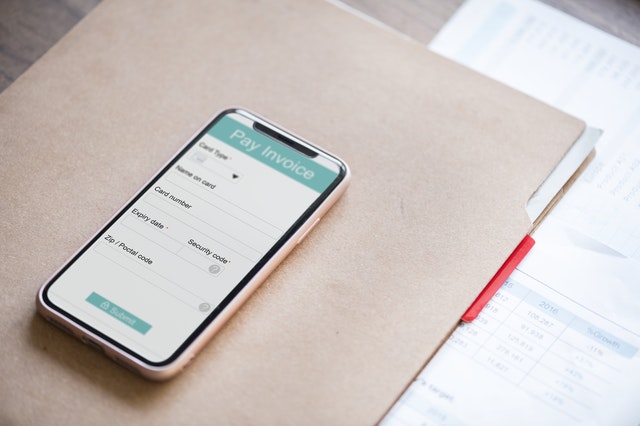Exporter Guide: Steps to Make Sure You Will Get Paid

In our previous post, we discussed how you could effectively find overseas clients for your export goods. Provided that you have already established a substantial client base, the next you need to do is to make sure that all your efforts will pay off.
So, while learning to grow your export business and getting familiar with common mistakes that exporters must avoid is crucial, making sure you collect what you are owed is just as important.
To help you out, we compiled on this the actionable ways to ensure your export customers will always pay you on time.
- Negotiate Payments Terms Ahead
The first step to ensure payment is to negotiate payment terms that work for both you and your customers. Most customers would prefer to pay 100% of what they owe sometime after they have received the goods, while you would rather be paid in full before you even ship.
To strike a balance between the interest of your business and of your customers, ask them to pay for a deposit shortly after the order. This not only helps your cash flow, but it also commits your client to work with you, and it reduces the likelihood that they will cancel their order.
- Obtain Letter of Credit
A letter of credit (L/C) is an effective tool to establish trust between you and your client. Essentially, L/C is an agreement between your bank and the customer’s bank stating that the customer bank will send payment to your bank once you show proof that you have shipped the goods.
With an L/C in place, you can expect to receive payment within about three to four weeks following shipment. Although L/C come at some financial expense—typically around 0.5% to 1% of the payment to be made – it is definitely worth the price as it greatly reduces your risk of not receiving payment.
- Use Sight Draft
Another common financing tool used by many small- and medium-sized export businesses is the sight draft. To use one, you need some help from your bank and your shipping company or freight forwarder.
In essence, a sight draft allows you to draw a check on your client’s bank account and comes hand to hand with a letter of credit. Unless your client signs a document that a shipment has been made, they will not be able to take possession of the shipment.
- Consider Getting a Trade Credit Insurance
Trade credit insurance is an effective financial risk management tool that protects your export business against losses from non-payment of trade-related debts. In the Philippines, many trade financing companies such as UCPB and QBE offers trade credit insurance and other trade finance programs which helps minimise the financial risks that growing export businesses face.
- If All Else Fails
When nothing else works, – the client cannot pay due for whatever reason there is – do everything possible to address the non-payment issue to receive at least partial payment. Surely, you would rather have 80% of the payment in the bank than to sue for 100%.
Not only pursuing legal action in a foreign country can be expensive, but it is also time-consuming and frustrating as well. If your export product includes a warranty or a component which needs to be serviced regularly, you can use those as leverage to extract payment.
Allow Excelsior Worldwide Freight Logistics Corp. to help you navigate the world of import and export. For any queries that you may have about our customs brokerage service, you may call us at (063) 525-9775, or you can send us an e-mail through wecare@excelsior.ph
